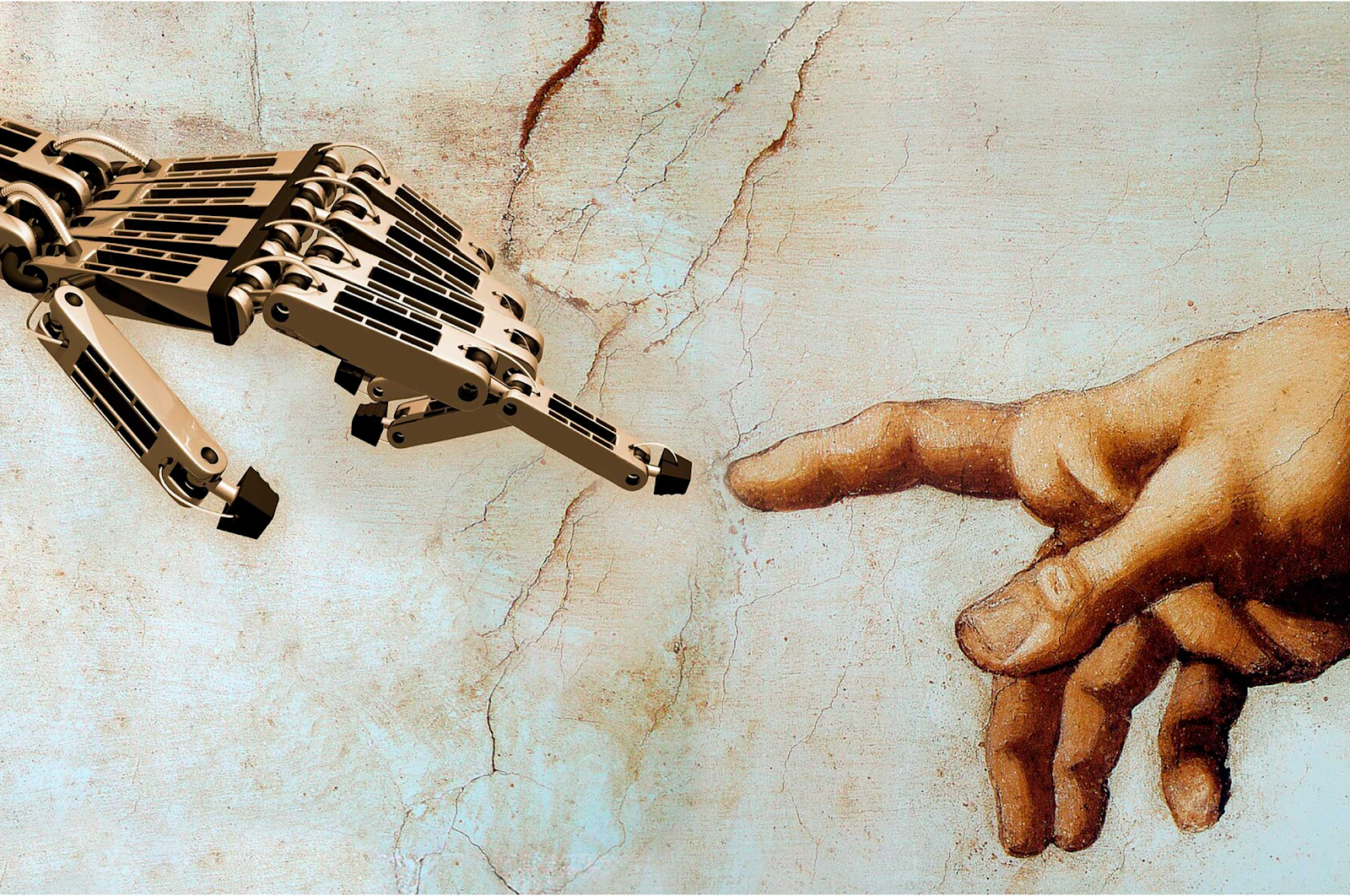Exploring a new creative dimension at the intersection of artificial intelligence and art.
One of the most important technological advances in recent years has been artificial intelligence (AI). His influence expands as he develops, and art is just one of many areas in which he has an impact. New forms of artistic expression and a fascinating debate about the place of technology in the arts have resulted from the fusion of human creativity and the analytical capabilities of AI. This article will examine the impact of this intersection between artificial intelligence and the art world.
Artificial intelligence as a tool for creativity.
An effective tool for artistic creation, artificial intelligence, has been proven. AI is capable of creating images, music, poetry and many other things using machine learning to process huge amounts of data. Artificial intelligence (AI) algorithms are capable of analyzing existing artistic patterns and styles and then creating new works that imitate or are inspired by them. This allows artists to push the boundaries of creativity and investigate new concepts and ideas.
The project "The Next Rembrandt" is a notable illustration of this, in which a group of researchers used AI to assess and learn the aesthetics of the renowned Dutch painter Rembrandt. With the help of that knowledge, the AI produced an entirely new painting in Rembrandt's distinctive manner that surprisingly turned out to be convincing and accurate. This exemplifies how artificial intelligence (AI) can help artists expand their toolkit and produce artwork that pays homage to past masters.
Working together with AI and humans.
The AI is used as a collaborator of an artist and not just to imitate artistic styles. To generate ideas, explore new possibilities, and find inspiration, many artists use AI capabilities. Artists can produce unexpected and difficult results when working with algorithms and AI systems.
The "AIVA" project (Artificial Intelligence Virtual Artist), an AI that creates music, is an excellent example of this collaboration. Composers can give AIVA certain musical parameters and styles, and the AI will use those details to create original compositions. The creative potential of the artists is increased by this collaboration, which allows them to experiment with new melodies and structures that they would not otherwise have imagined.
Criticism and difficulties.
While there have been some exciting advances in the field of AI and art, there are also significant criticisms and pitfalls to be aware of. Some argue that artistic creation is a uniquely human experience and that the intervention of artificial intelligence (AI) can diminish the authenticity and emotional impact of works of art. Concerns are also being raised about AI replacing human artists and the future of the arts industry.
To ensure that AI is used to enhance human creativity rather than replace it entirely, it is critical to address these concerns. These problems can be solved through human-machine collaboration, which combines the distinctive artistic skills of artists with the analytical powers of AI to produce a new form of art.
In conclusion...
A fascinating and constantly evolving field is that of artificial intelligence and the arts. Opportunities for artistic creativity are growing as AI technology develops. Although there are difficulties and concerns, human-machine collaboration in the arts can pave the way for the investigation of ideas and concepts that were previously unimaginable.
The fate of both artificial intelligence and art ultimately rests with individual artists and society as a whole. It is up to us to use the capabilities of AI for innovation and cultural advancement. Artificial intelligence has the potential to enrich and transform the art world in unexpected and exciting ways if used wisely and the right balance between human creativity and technological intervention is maintained.
References
(Hernando et al., 2020)
Hernando, S., Vidales, R., & Koch, T. (2020, agosto 11). Arte e inteligencia artificial: cuando los androides sueñan con crear. Ediciones EL PAÍS S.L. https://elpais.com/especiales/2020/arte-e-inteligencia-artificial/
(du Plessis, 2023)
du Plessis, L. (2023, enero 9). ¿Qué es el arte IA? Cómo usan los artistas la IA y cómo puedes hacerlo tú. Domestika. https://www.domestika.org/es/blog/11020-que-es-el-arte-ia-como-usan-los-artistas-la-ia-y-como-puedes-hacerlo-tu
(Barranco, 2023)
Barranco, J. (2023, febrero 19). La inteligencia artificial abre un nuevo paradigma para el arte. La Vanguardia. https://www.lavanguardia.com/cultura/20230219/8767928/artista-llamada-inteligencia-artificial.html



No comments:
Post a Comment